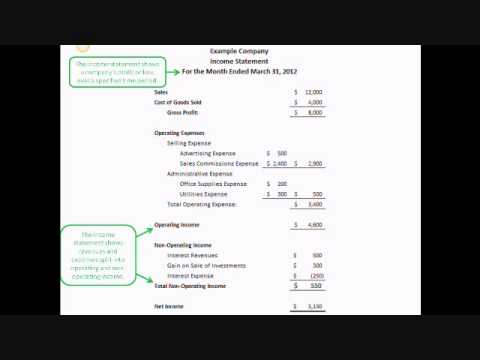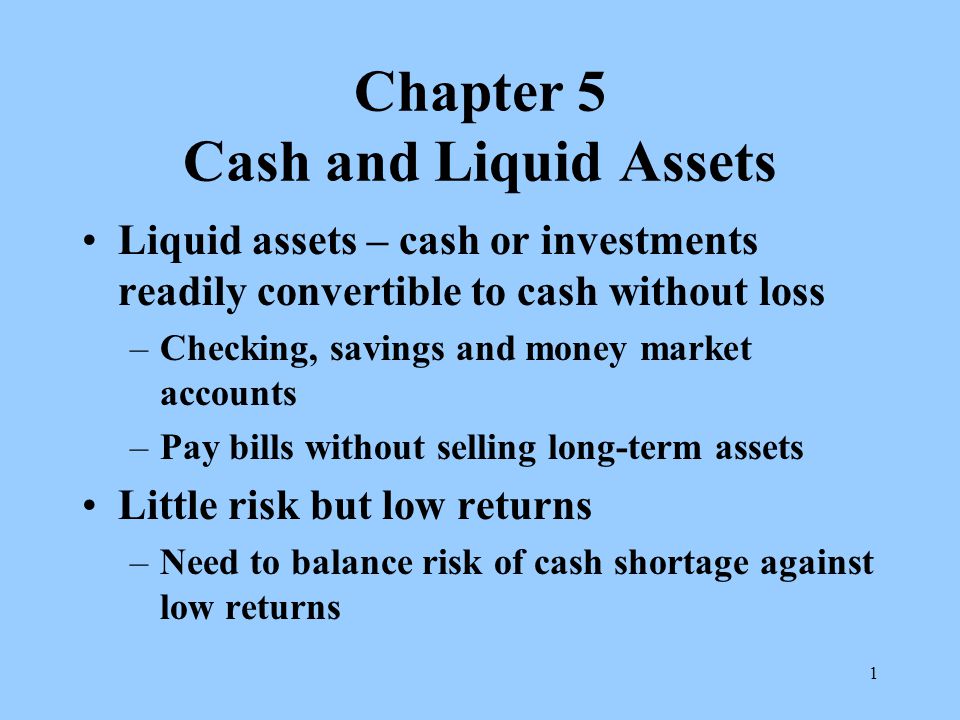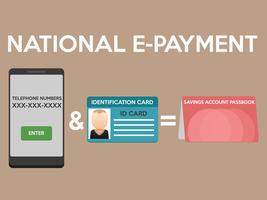Contents:
- Calculating Cost of Capital: Weighted Average Cost Of Capital (WACC)
- To subscribe to our weekly newsletter please log in/register on Taxmann.com
- 2 Cost of Equity Share Capital based on Risk Perception of investors:
- What Measures Do Analysts and Investors Use to Evaluate Capital Structure?
- 1 Cost of Capital of Redeemable Preference Shares


The IRR technique has several disadvantages compared to the NPV method, though only one disadvantage is mentioned here for functions of brevity. Further details about potential issues with the IRR method could also be obtained from most finance textbooks. One major downside with IRR is the possibility of acquiring a number of rates of return (a number of “roots”) when solving for the IRR of an investment. This can happen in the uncommon case the place money flows change erratically from positive to unfavorable greater than once in the course of the life of the funding.
The DCS data also includes short-term credit facilities, swaps and more coverage. The data allows users to review debt instruments by their ultimate issuer and immediate parent company, enabling them to spot the patterns and trends in the structure over time. ” You may be curious about the benefits and disadvantages of a company’s debt structure and how analysts and investors evaluate it. If the rate of tax is high, then debts are preferred over equity as interest on debt is allowed like a deduction. It is the ratio between EBIT or earnings before interest and tax and the interest itself. It refers to number of time companies earnings before interest and taxes cover the interest payment obligation.
PREMIER, INC. Management’s Discussion and Analysis of Financial … – Marketscreener.com
PREMIER, INC. Management’s Discussion and Analysis of Financial ….
Posted: Fri, 05 May 2023 15:38:06 GMT [source]
As a result, it cannot be said that whether or not the firm’s value will increase with leverage. The objective of a firm should be directed towards the maximization of firm’s value. If capital structure or financial leverage decisions have an effect on the value of the firm, then a Capital Structure which maximizes the value of a firm is said to be the Optimal Capital Structure.
Technically, a corporation could have a negative cost of equity if its beta is negative or the risk-free rate is higher than the anticipated market return. This circumstance, which is extremely uncommon and often portends grave issues with the business or the economy as a whole. The firms which do not pay dividends can consider the Capital Asset Pricing Model to compute the cost of equity.
Calculating Cost of Capital: Weighted Average Cost Of Capital (WACC)
The term liquidity refers to the ability of the firm to meet its obligations as and when they become due. Liquidity ratios are mostly used to judge a firm’s ability to meet its short-term obligations. They provide information about the ability of the firm to remain solvent in the event of the adversities.
A financing decision is the second important function to be performed by the financial manager. This decision involves when, where from and how to acquire funds to meet the firm’s investment needs. The central issue before a finance manager is to determine the appropriate proportion of debt and equity. In this paper an attempt has been made to identify the factors affecting the Capital Structure of the firm. Is that capital is a mixture of both, which a business uses to finance its day-to-day operations, growth, and assets.
You must understand that every organization strives towards expansion—in terms of sales and revenue, market growth, and many other things. At the center of all of them are large projects that may necessitate substantial expenditures. Equity capital, retained earnings, preference capital, loans, debentures, and other forms of financing are only a few of the sources through which money can be obtained. All sources of funding—aside from retained earnings—entail a cost for the business and a return for the suppliers. N As management approaches the market for large amounts of capital relative to the firm’s size, the investors’ required rate of return may rise. Suppliers of capital become hesitant to grant relatively large amounts of funds without evidence of management’s capability to absorb this capital into the business.
To subscribe to our weekly newsletter please log in/register on Taxmann.com
Hence the company must consider government policy regarding the capital structure. Being informed about the cost of capital helps a small business, not just to optimise its capital structure, but also to make the best use of business loans. It is possible to find out the cost of equity capital by using the mechanism of risk-return trade off as given by the Capital Assets Pricing Model . It may be noted that due to the payment of Dividend Distribution Tax, the kp has increased from 15.63% to 18.75%.
The cost of capital, in this case, would refer to the interest rate charged on the loans. The business will have to evaluate if the return on investment of the loan amount is high enough to cover the interest to be paid. The preference dividend is payable as an appropriation of profit unlike interest on debentures which is a charge against profits. Thus, a agency’s cost of capital may be defined as “the speed of return the firm requires from investment in order to enhance the worth of the agency out there place”.
2 Cost of Equity Share Capital based on Risk Perception of investors:
As per the prevailing income tax laws the amount paid as interest on the debt is tax deductible whereas the equity income is tax at the prevailing tax rates. This approach clearly implies that WACC decreases only within the reasonable limit of financial leverage and after reaching the minimum level, it starts increasing with the financial leverage. Hence, a firm has an optimal capital structure that occurs when WACC is the minimum, and thereby maximizing the value of the firm. It is already discussed in Chapter 3 that the cash flows relevant for capital budgeting decisions are taken on an after-tax basis. These cash flows are then discounted at the cost of capital to find out their present value.
According to many theories of capital structure there is a positive relationship between financial leverage and assets tangibility. So, the firms having large amount of fixed assets shall be having higher debt equity ratio as compared to the firms with less amount of fixed assets. Since most of the earlier studies have used ratio of fixed assets to total assets as a measure of tangibility, in this paper the same ratio has been used. Understanding and managing the cost of capital is essential for businesses and investors to make informed decisions and achieve financial success.
What Measures Do Analysts and Investors Use to Evaluate Capital Structure?
Additionally, depending on the severity of the economic climate, it might also prompt FIIs into selling off their shareholdings and moving their investment into other more stable economies. To maintain flexibility it must maintain some borrowing power to take care of unforeseen circumstances. It is one step ahead ICR, i.e., ICR covers the obligation to pay back interest on debt but DSCR takes care of return of interest as well as principal repayment.
Capital Asset Pricing Model is a model used to calculate the cost of equity. The risk-free rate of return is the rate of return on minimum or negligible risk investment. Return on treasury bills is considered for calculating the cost of equity. The higher the risk-free rate of return, the higher will be the cost of equity and vice versa.
Investors are ready to invest in equity shares and take a risk during the boom. On the other hand, debt is far riskier than equity because of the repayment of capital with assured interest that the lender earns. Another reason that supports the fact that debt is riskier is that debt interest is a tax-deductible expense. Therefore, it brings down the business’s tax liability, and after-tax dividends are paid out of profit. Liquidation of the company can occur in case of any failures related to repayment of the principal amount or interest payment.
- However, p-value of 0.489 indicates that it is not statistically significant.
- A financing decision is the second important function to be performed by the financial manager.
- If this happens there will be a negative relationship between the firm’s liquidity ratio and the debt ratio.
However, the optimal capital structure depends on a company’s particular needs. Debt Capital Structure data provides a detailed analysis of a company’s debt sources for both public and private companies. The DCS data is derived from financial tables of actual company filings and accounts for the full range of debt instruments, including cash and equity. Explain how’ cost of debt’ affects the choice of capital structure of a company.
1 Cost of Capital of Redeemable Preference Shares
The liquidity ratio may have conflicting effects on the capital structure decision of the firm. First, the firms with higher liquidity ratios might have relatively higher debt ratios. From this viewpoint, one should expect a positive relationship between the firm’s liquidity position and its debt ratio. Madan examined the role of financing decision in the overall performance of companies. The study concluded that while leverage seems to be working well for few categories of companies, it is affecting some others negatively. Thus, firms that have been moderately geared have been able to generate a good return on equity.
On the basis of the study only two independent variables profitability and liquidity have been found to be significantly affecting the capital structure of the selected companies. As per the standardized beta value the variable business risk has been found to be most important and whereas profitability is found to be least important. The independent variables such as size, tangibility, business risk, NDTS and interest coverage ratios are insignificant.

A lot of companies have a minimum acceptable IRR earlier than investing in a venture. By utilizing an excessive amount of debt in its capital construction, this elevated default risk also can drive up the costs for different sources as nicely. Management should identify the “optimum combine” of financing – the capital structure the place the cost of capital is minimized in order that the firm’s worth can be maximized.
NORTHERN OIL & GAS, INC. Management’s Discussion and … – Marketscreener.com
NORTHERN OIL & GAS, INC. Management’s Discussion and ….
Posted: Fri, 05 May 2023 20:19:13 GMT [source]
In the present study the depreciation to total assets ratio has been used as a proxy for Non-Debt Tax Shield . The cost of capital of a firm can be analyzed as explicit cost and implicit cost of capital. The explicit cost of capital of a particular source may be defined in terms of the interest or dividend that the firm has to pay to the suppliers of funds. There is an explicit flow of return payable by the firm to the supplier of fund.
As the investors demand a higher return for the debt security, they will be willing to pay a lessor price for the security for any given set of interest and repayment terms. Further, the cost of capital has a useful role to play in deciding the financial plan or capital structure of the firm. It may be noted that in order to maximize the value of the firm, the cost of all the different sources of funds must be minimized. The cost of capital of different sources usually varied and the firm will like to have a combination of these sources in such a way so as to minimize the overall cost of capital of the firm. The weighted average cost of capital is the rate that a company is expected to pay on average to all its security holders to finance its assets.
The factors affecting cost of capital can also aid in making key company budget calls that use company financial sources as capital. Definition of Cost of Capital The cost of capital is expressed as a percentage and it is often used to compute the net present value of the cash flows in a proposed investment. For example, a corporation paying 6% on its loans may have an after-tax cost of 4% when its combined federal and state income tax rate is 33%.

The financial risk is a type of risk which can affect the cost of capital of the firm. The particular composition and mixing of different sources of finance, known as the financial plan or the capital structure, can affect the return available to the investors. The financial risk is affected by the capital structure or the financial plan of the firm. Higher the proportion of fixed cost securities in the overall capital structure, greater would be the financial risk.
